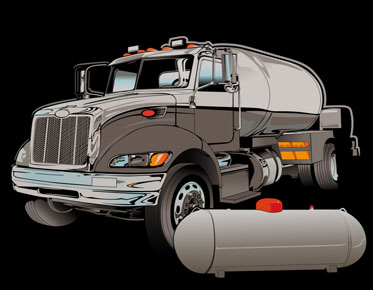Tips for Cool Raster to Vector Art Conversion
Eagle Digitizing is an embroidery digitizing company specializing in embroidery digitizing and vector art conversion services. We work with our customers to determine their business needs and deliver an excellent product to meet those needs.
If you are looking to do raster to vector art conversion, then you will find all the information you need here. These simple steps will help you get started. This article explains the whole process and gives insight into the tools required. You will be able to start your next project with confidence!
The Reasons to Convert your Artwork to Vector
When it comes to converting graphical artwork from raster to a vector format, there are a few things you’ll want to keep in mind. You may want to resize the image, or make changes that aren’t possible with rasterized images. Whatever your reasons, there are a few things that you should keep in mind when converting your artwork from rasterized to vector.
The best part about vector art is that it's resolution-independent. You can resize it without losing any quality. Perfect for if you need to resize your artwork for a different project or print it at a different size.
Vector art has certain traits that make it stand out from raster art. The most important thing to remember is that vector art is infinitely scalable and can be easily altered without any loss of quality. If you need to make changes to your artwork, it will be much simpler to do so in a vector format.
It's easy to convert your artwork into vector format with a few different options. You can use a raster to vector converter software that will take your existing artwork and convert it into a vector format. Another option is to use a vector graphics editor, which will allow you to create vector graphics from scratch manually.
Raster art uses pixels to create images. Vector art uses paths to create images. Scalable vector graphics can be enlarged without loss of image quality, while raster images tend to look pixelated or blurry after scaling.
Vector images offer many advantages over raster images. Like raster images, they provide the benefits of resolution independence and smooth, continuous lines. However, vector images can be scaled to a larger size without losing quality, making them perfect for logos and illustrations that need to be resized often. Additionally, since vector images are made from mathematical calculations rather than pixels and color values, they are easier to edit than raster images.
Converting
artwork from raster to vector format is not a simple task, but it’s very
rewarding for aspiring artists who want to make use of more professional design
software. Eagle Digitizing has years of experience working with raster to
vector conversion, and our blog offers helpful tips and tricks on how to create
this effect in your own designs. We also showcase examples of beautiful artwork
that has been successfully converted to vector format so you can see what is
possible with this technique.



